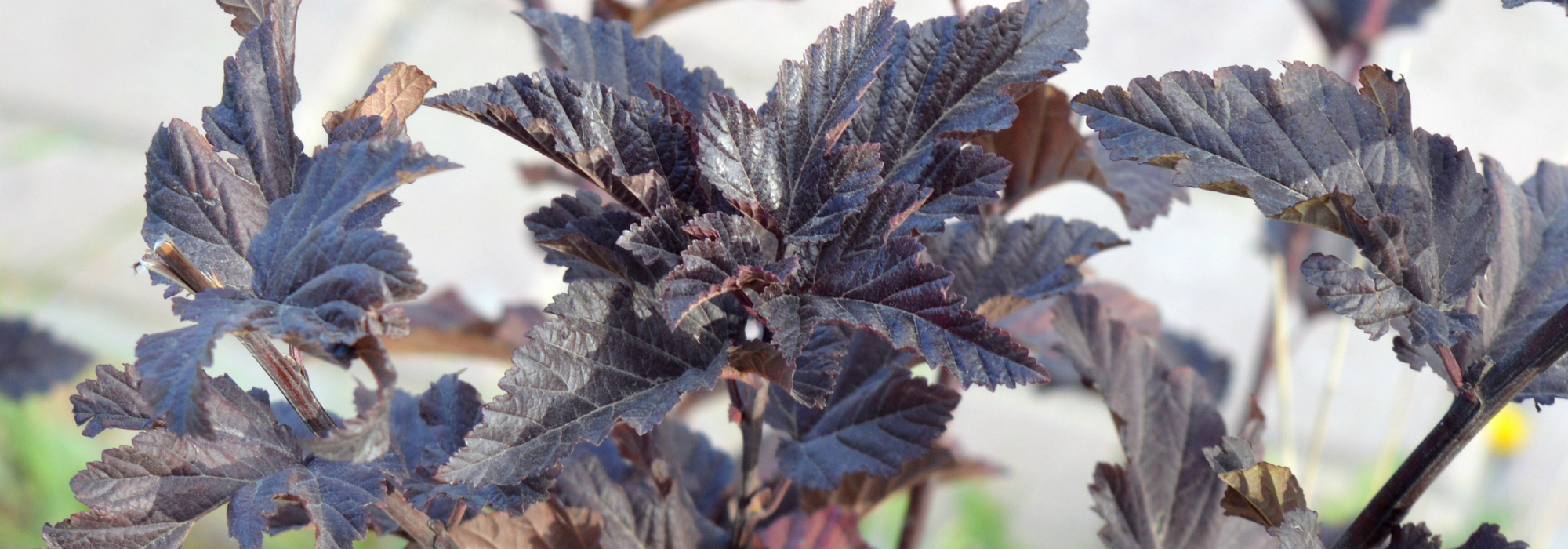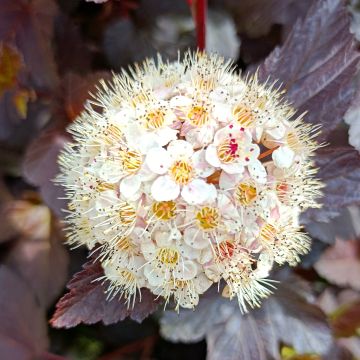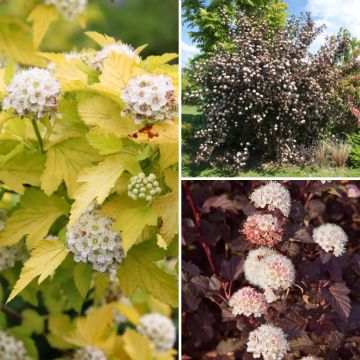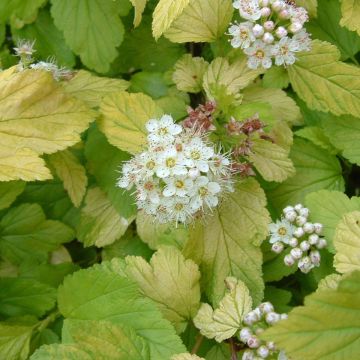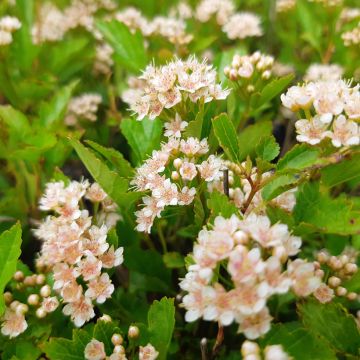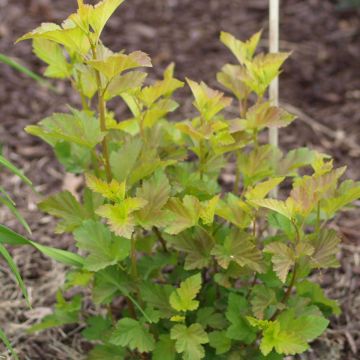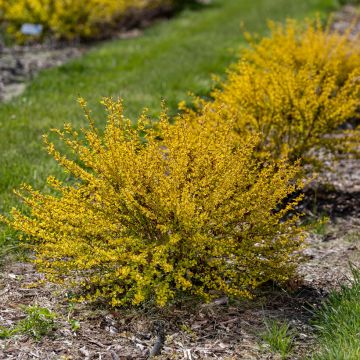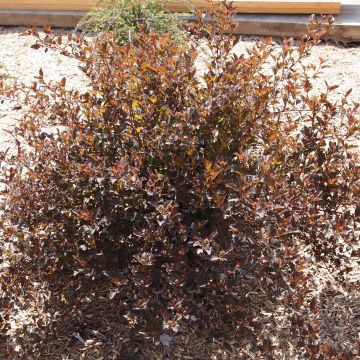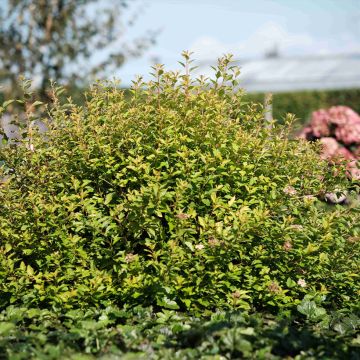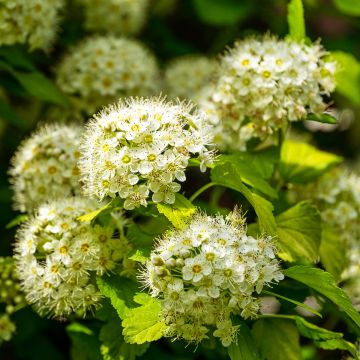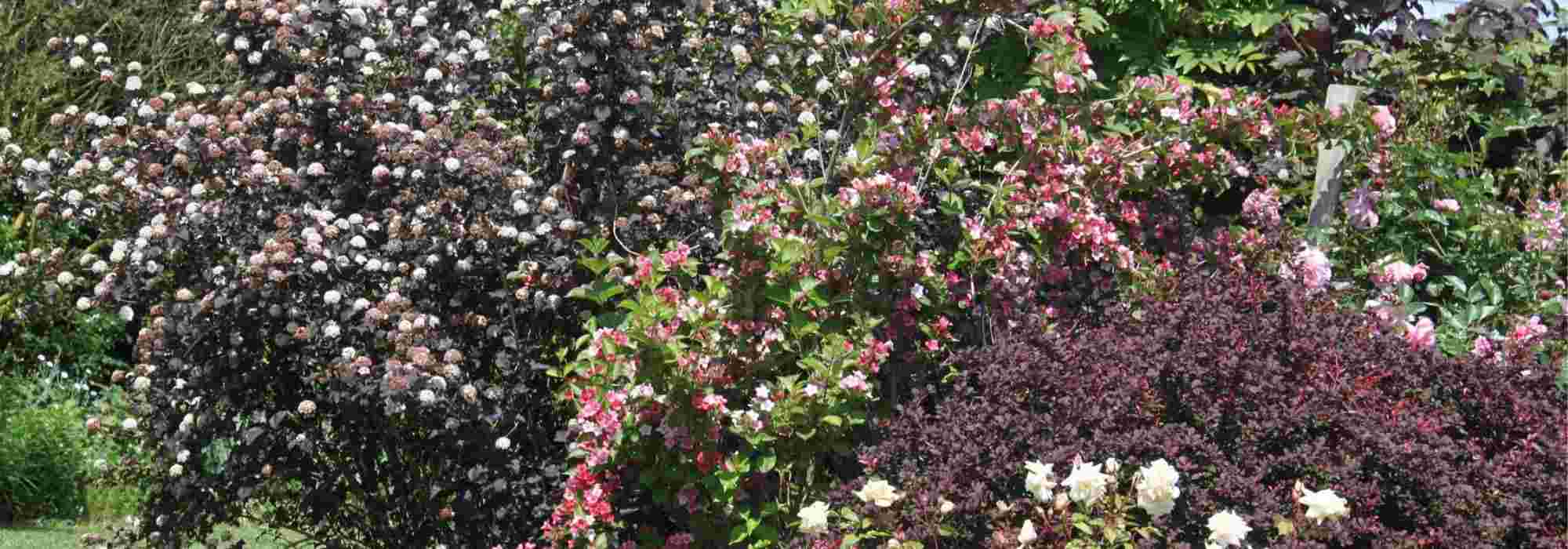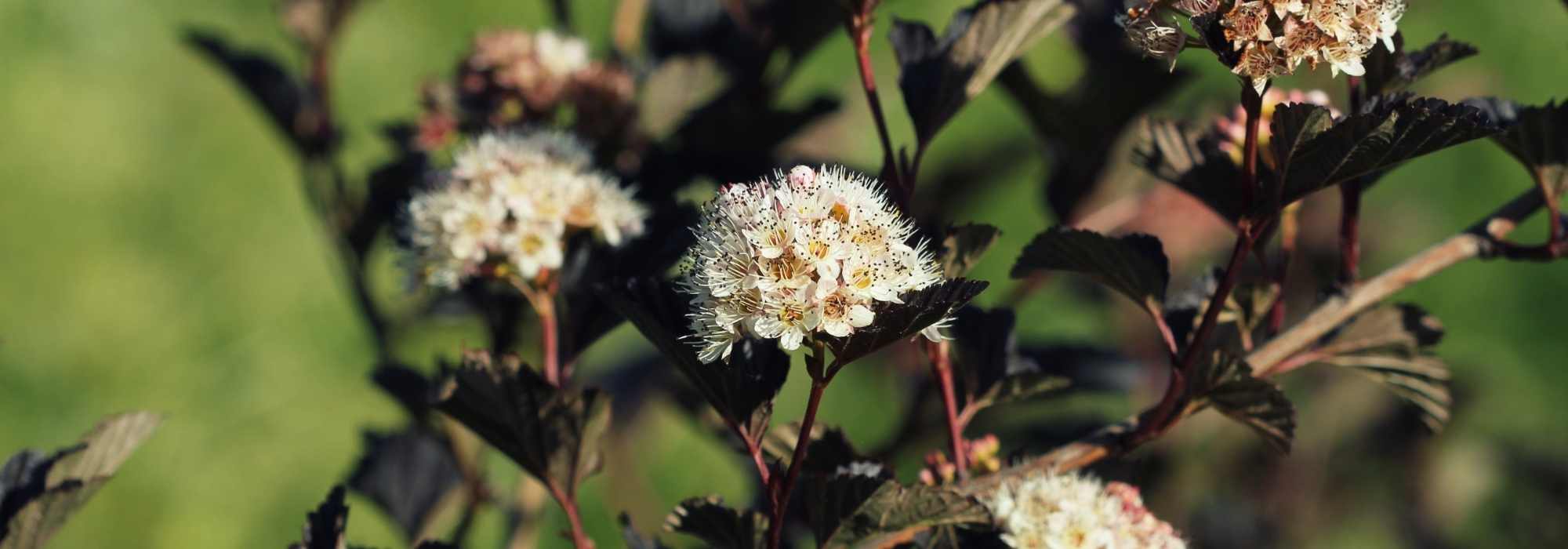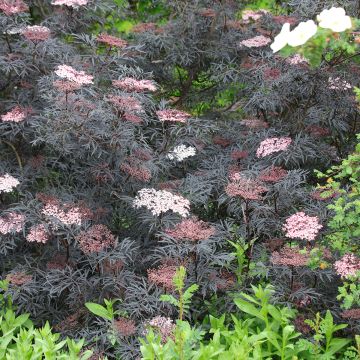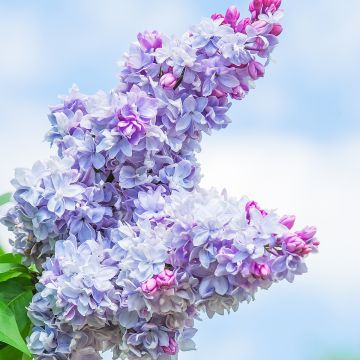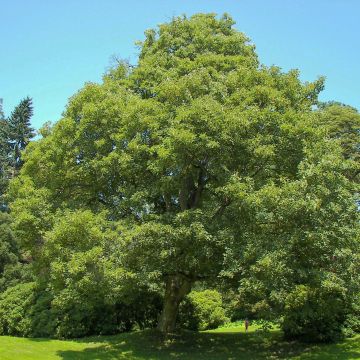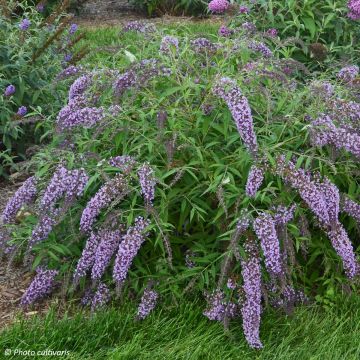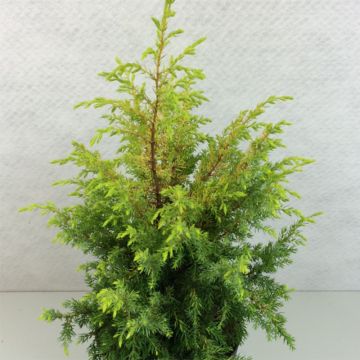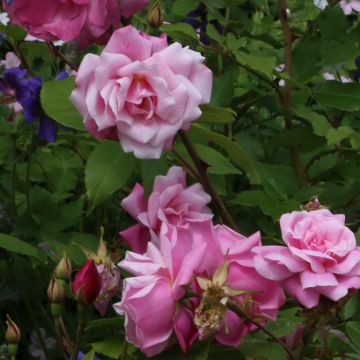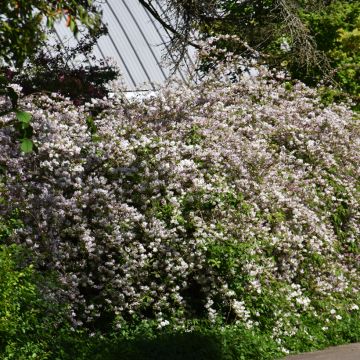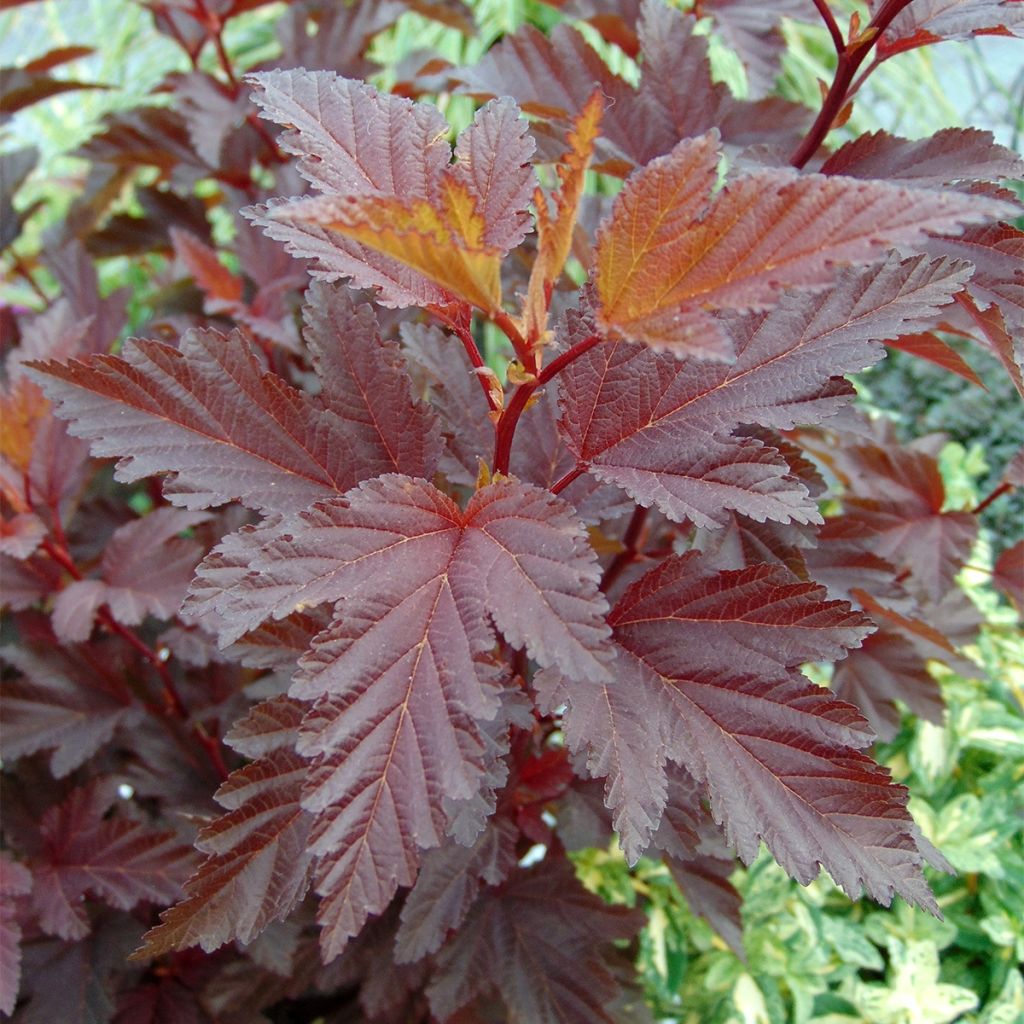

Physocarpus opulifolius Little Angel - Ninebark
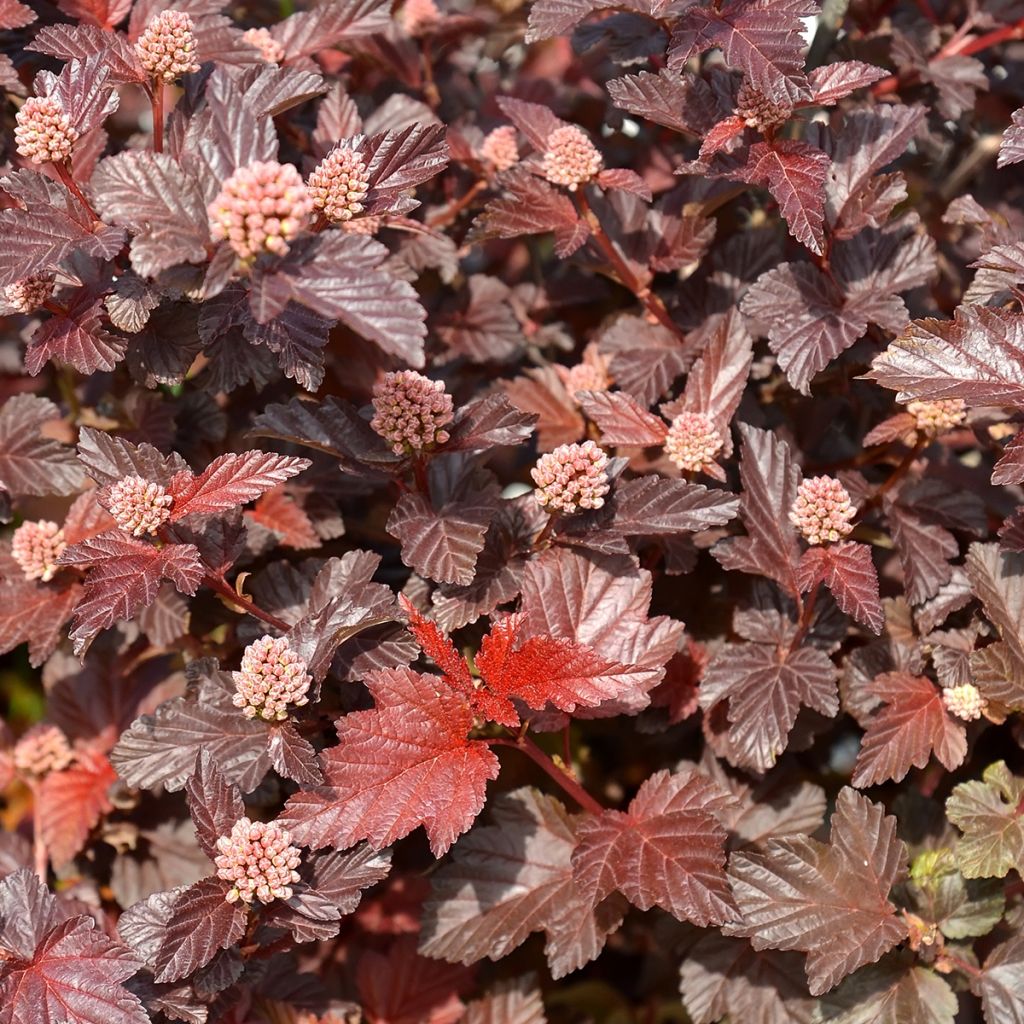

Physocarpus opulifolius Little Angel - Ninebark
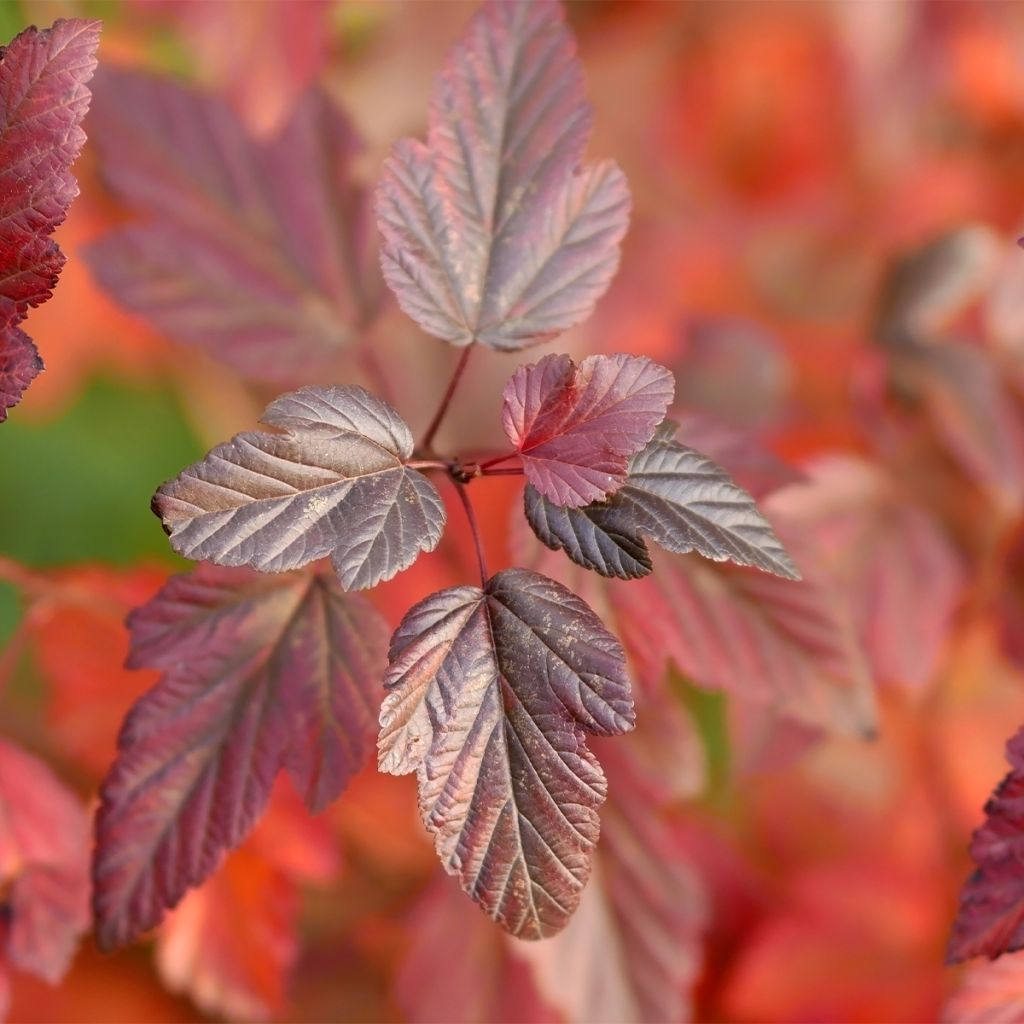

Physocarpus opulifolius Little Angel - Ninebark
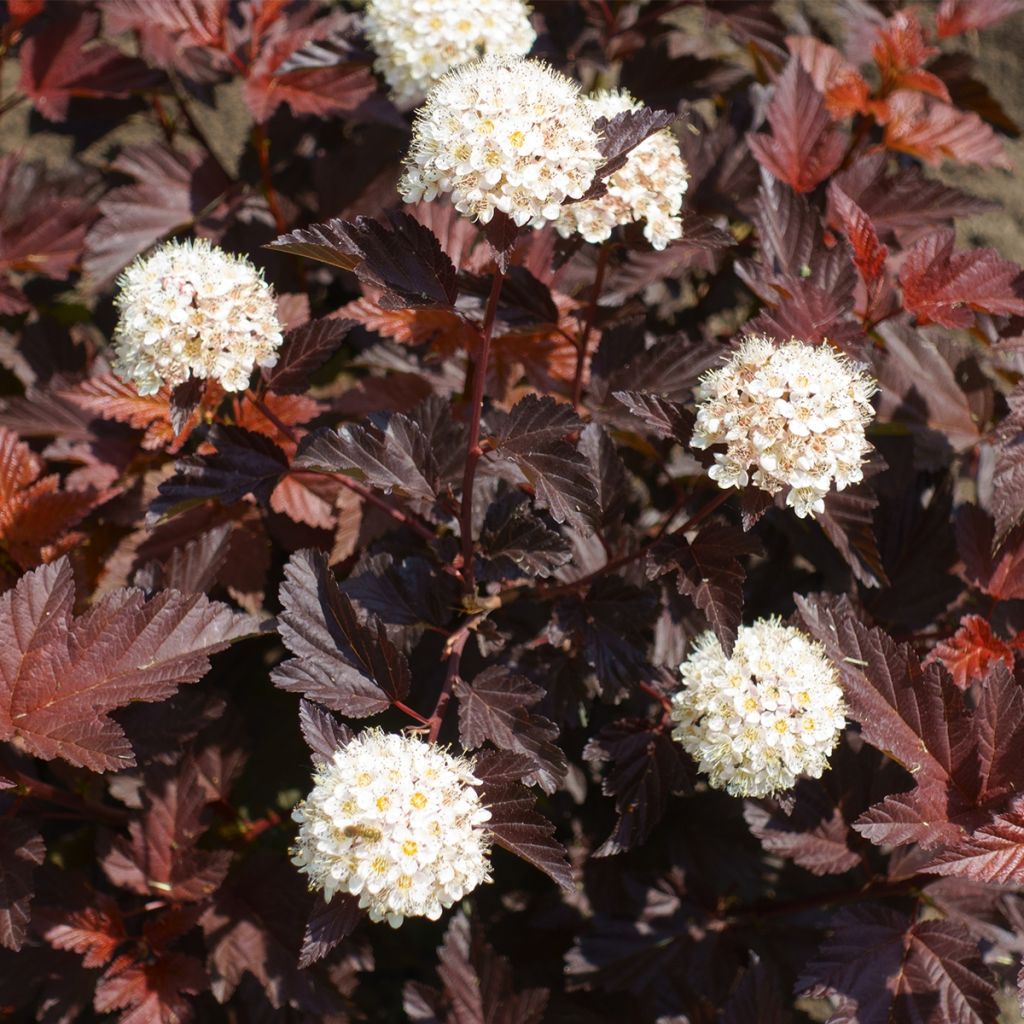

Physocarpus opulifolius Little Angel - Ninebark
Physocarpus opulifolius Little Angel - Ninebark
Physocarpus opulifolius Little Angel PBR
Ninebark
I have received my order no. 101605814 on 25/11/2023 in very good condition. The young plant is magnificent! Thank you very much to the entire team at Promesse de fleurs!
Elena, 01/12/2023
Special offer!
Receive a €20 voucher for any order over €90 (excluding delivery costs, credit notes, and plastic-free options)!
1- Add your favorite plants to your cart.
2- Once you have reached €90, confirm your order (you can even choose the delivery date!).
3- As soon as your order is shipped, you will receive an email containing your voucher code, valid for 3 months (90 days).
Your voucher is unique and can only be used once, for any order with a minimum value of €20, excluding delivery costs.
Can be combined with other current offers, non-divisible and non-refundable.
Home or relay delivery (depending on size and destination)
Schedule delivery date,
and select date in basket
This plant carries a 24 months recovery warranty
More information
We guarantee the quality of our plants for a full growing cycle, and will replace at our expense any plant that fails to recover under normal climatic and planting conditions.

Would this plant suit my garden?
Set up your Plantfit profile →
Description
Physocarpus opulifolius 'Little Angel' is a variety of Ninebark with a low and spreading habit, decorative for most of the year. Its young shoots turn from orange to purple during the season, before taking on beautiful autumnal colours in shades of red and orange. In May-June, its dark foliage is enhanced by beautiful white flowers. A small-growing plant, suitable for container cultivation on a terrace as well as in a border in the ground, this small bush is easy to grow. Very hardy, it adapts to many living conditions and is a very good choice for a small garden.
Physocarpus opulifolius belongs to the large and important family of Rosaceae, which gives us so many ornamental species (Roses obviously, but also Photinia, Cotoneaster, Amelanchier...) as well as most of our temperate climate fruit trees (Pear, Apple, Cherry, Peach, Apricot, Plum...). It is native to the eastern United States, up to Quebec (where it is known as the beautiful name of "bois aux 7 écorces") and Manitoba. It forms a fairly large bush of about 3m (10ft) in all directions, with lobed leaves resembling those of the guelder rose (Viburnum opulus, hence the species name of this Physocarpus opulifolius). This ornamental species was introduced to Europe as early as the end of the seventeenth century, but it is only in recent years, with the development of many cultivars, that it has spread in our gardens.
'Little Angel' is a selection by Pavel Schuch (Schuh nursery, founded in 1990 in the Czech Republic), marketed by Hoogenraad, a Dutch nursery for young plants. This charming bush has been selected for its small size, forming a spreading shrub about 1m (3ft) tall and 1.50m (5ft) wide, much more compact than the botanical species. Its deciduous leaves are also smaller than the species (about half the size), giving it a particularly interesting miniature appearance in a small garden. They are divided into three lobes and have a slightly plicate aspect characteristic of Physocarpus. When they first appear in spring, they have an orange tint before turning purple. In autumn, they take on a beautiful red-orange colour, which brightens up the borders. In May-June, clusters of flowers bloom, pinkish-white when they first appear, then quickly turning white, standing out clearly against the darker mass of foliage. Nectar-rich, they are highly visited by pollinating insects. They are followed by small bladder-shaped red fruits appreciated by birds in autumn.
With a medium growth rate, this bush benefits from pruning in spring to promote the emergence of new shoots and maintain its very dense aspect that gives it all its charm. It grows in neutral to slightly acidic soil, even slightly calcareous, preferably moist but tolerates dryness once well rooted. Very hardy (down to at least -25°C (1°F)), it will thrive in full sun and also tolerate partial shade. It is therefore a very accommodating and easy-to-grow shrub. Its limited growth and good pruning tolerance also make it suitable for container cultivation. In this case, it will need regular watering in these drier conditions compared to being planted in the ground.
The very graphic 'Little Angel' Ninebark will find its place in a large pot on the terrace, or in a border, creating contrasts with shrubs with light or golden foliage. It will be perfect as a foreground plant for a Cotinus coggygria 'Golden Lady', a small tree with golden green foliage, creating a strong contrast. Leycesteria formosa 'Golden Lanterns', a tree with chartreuse green foliage and magnificent decorative fruits, will also be a very good companion for this small Ninebark. With a slightly larger growth, the rare Clerodendrum trichotomum 'Variegatum' with variegated foliage and very original decorative fruits, can be planted in the background of these different colourful shrubs. And to create a border for the border, you can plant Heucheras or Heucherella at the base of 'Little Angel', accompanying its changing colours.
Physocarpus opulifolius Little Angel - Ninebark in pictures
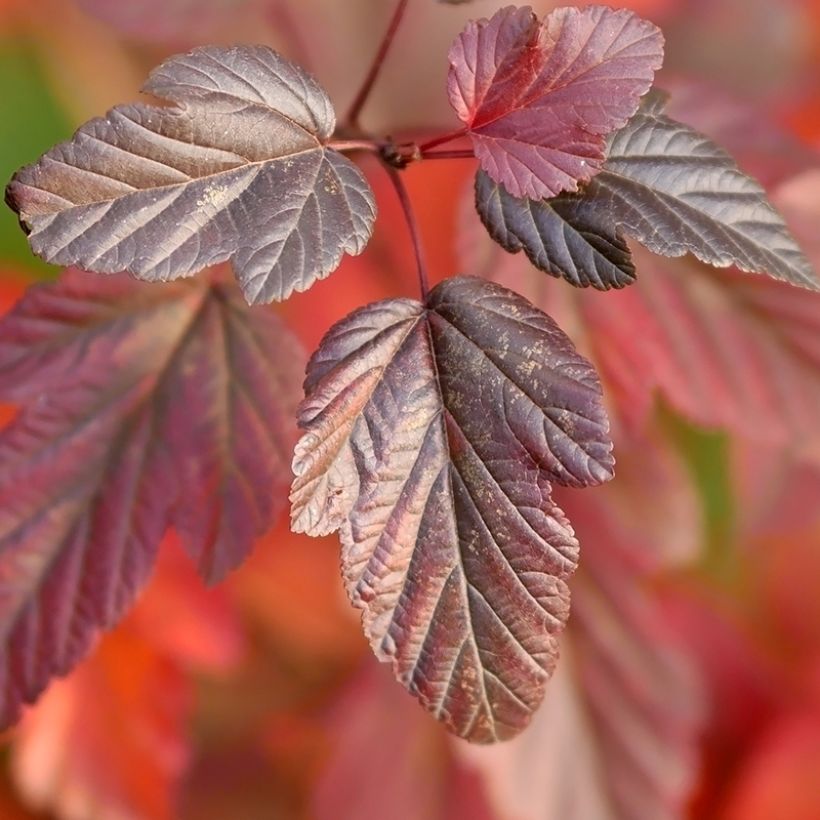

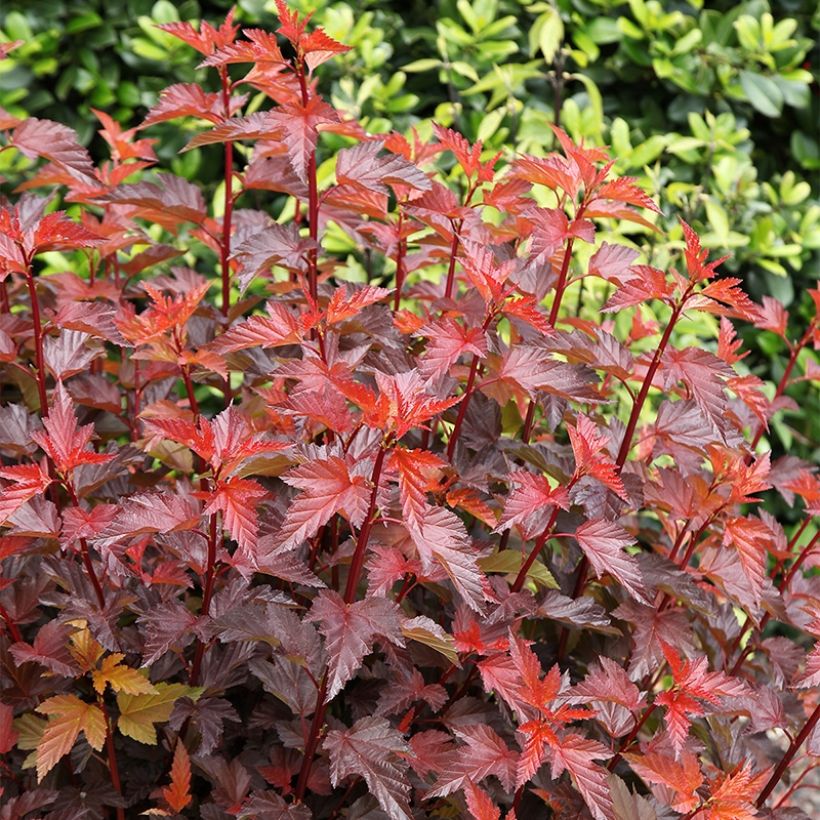

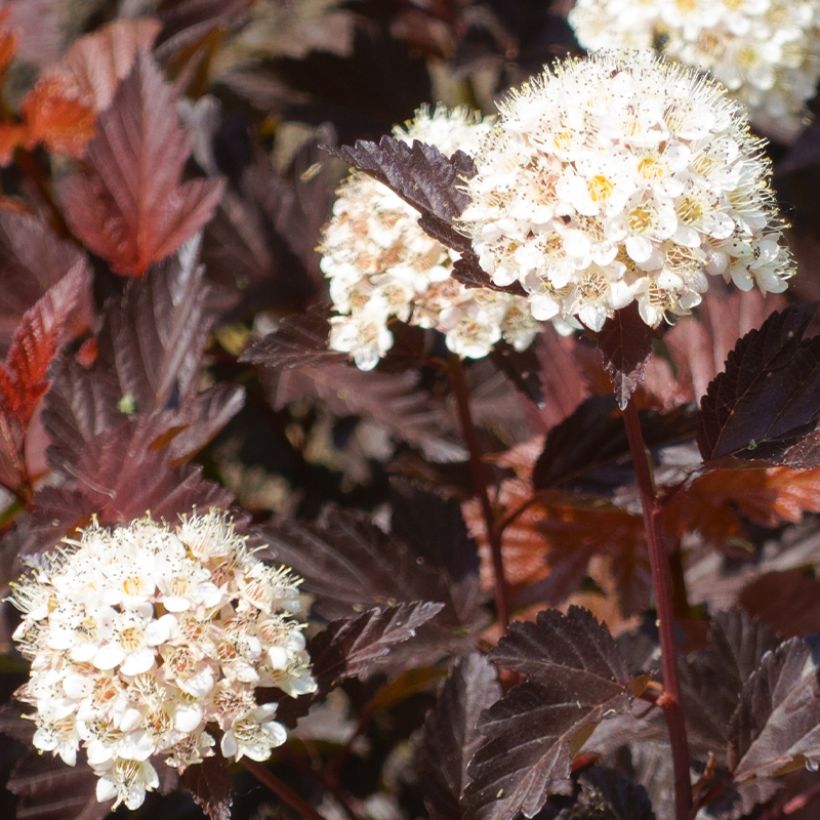

Plant habit
Flowering
Foliage
Botanical data
Physocarpus
opulifolius
Little Angel PBR
Rosaceae
Ninebark
Cultivar or hybrid
Other Physocarpus
View all →Planting and care
Plant Physocarpus opulifolius 'Little Angel' in deep, humus-rich, fertile and moist soil, preferably neutral to acidic. It only fears an excess of limestone and thrives in poor soils. Dig a hole of 50 by 50cm (20in) and add compost-enriched soil to the bottom, mixing it with the existing soil. Soak the root ball in a bucket for fifteen minutes (until no more bubbles rise to the surface), plant it in the hole and fill it up, then water abundantly. Water regularly for the first two years and during dry summers. Once well rooted, this Physocarpus proves to be quite drought-resistant.
This bush will thrive in partial shade or in the sun, but the foliage colours will be more pronounced if planted in a sunny location. Thin out dense plants by severely pruning some of the arching stems after flowering. This can promote the development of new flower buds at the end of summer. Prune very short in spring, close to the stump, to give it a denser appearance.
Planting period
Intended location
Care
Planting & care advice
-
, onOrder confirmed
Reply from on Promesse de fleurs
Similar products
Haven't found what you were looking for?
Hardiness is the lowest winter temperature a plant can endure without suffering serious damage or even dying. However, hardiness is affected by location (a sheltered area, such as a patio), protection (winter cover) and soil type (hardiness is improved by well-drained soil).

Photo Sharing Terms & Conditions
In order to encourage gardeners to interact and share their experiences, Promesse de fleurs offers various media enabling content to be uploaded onto its Site - in particular via the ‘Photo sharing’ module.
The User agrees to refrain from:
- Posting any content that is illegal, prejudicial, insulting, racist, inciteful to hatred, revisionist, contrary to public decency, that infringes on privacy or on the privacy rights of third parties, in particular the publicity rights of persons and goods, intellectual property rights, or the right to privacy.
- Submitting content on behalf of a third party;
- Impersonate the identity of a third party and/or publish any personal information about a third party;
In general, the User undertakes to refrain from any unethical behaviour.
All Content (in particular text, comments, files, images, photos, videos, creative works, etc.), which may be subject to property or intellectual property rights, image or other private rights, shall remain the property of the User, subject to the limited rights granted by the terms of the licence granted by Promesse de fleurs as stated below. Users are at liberty to publish or not to publish such Content on the Site, notably via the ‘Photo Sharing’ facility, and accept that this Content shall be made public and freely accessible, notably on the Internet.
Users further acknowledge, undertake to have ,and guarantee that they hold all necessary rights and permissions to publish such material on the Site, in particular with regard to the legislation in force pertaining to any privacy, property, intellectual property, image, or contractual rights, or rights of any other nature. By publishing such Content on the Site, Users acknowledge accepting full liability as publishers of the Content within the meaning of the law, and grant Promesse de fleurs, free of charge, an inclusive, worldwide licence for the said Content for the entire duration of its publication, including all reproduction, representation, up/downloading, displaying, performing, transmission, and storage rights.
Users also grant permission for their name to be linked to the Content and accept that this link may not always be made available.
By engaging in posting material, Users consent to their Content becoming automatically accessible on the Internet, in particular on other sites and/or blogs and/or web pages of the Promesse de fleurs site, including in particular social pages and the Promesse de fleurs catalogue.
Users may secure the removal of entrusted content free of charge by issuing a simple request via our contact form.
The flowering period indicated on our website applies to countries and regions located in USDA zone 8 (France, the United Kingdom, Ireland, the Netherlands, etc.)
It will vary according to where you live:
- In zones 9 to 10 (Italy, Spain, Greece, etc.), flowering will occur about 2 to 4 weeks earlier.
- In zones 6 to 7 (Germany, Poland, Slovenia, and lower mountainous regions), flowering will be delayed by 2 to 3 weeks.
- In zone 5 (Central Europe, Scandinavia), blooming will be delayed by 3 to 5 weeks.
In temperate climates, pruning of spring-flowering shrubs (forsythia, spireas, etc.) should be done just after flowering.
Pruning of summer-flowering shrubs (Indian Lilac, Perovskia, etc.) can be done in winter or spring.
In cold regions as well as with frost-sensitive plants, avoid pruning too early when severe frosts may still occur.
The planting period indicated on our website applies to countries and regions located in USDA zone 8 (France, United Kingdom, Ireland, Netherlands).
It will vary according to where you live:
- In Mediterranean zones (Marseille, Madrid, Milan, etc.), autumn and winter are the best planting periods.
- In continental zones (Strasbourg, Munich, Vienna, etc.), delay planting by 2 to 3 weeks in spring and bring it forward by 2 to 4 weeks in autumn.
- In mountainous regions (the Alps, Pyrenees, Carpathians, etc.), it is best to plant in late spring (May-June) or late summer (August-September).
The harvesting period indicated on our website applies to countries and regions in USDA zone 8 (France, England, Ireland, the Netherlands).
In colder areas (Scandinavia, Poland, Austria...) fruit and vegetable harvests are likely to be delayed by 3-4 weeks.
In warmer areas (Italy, Spain, Greece, etc.), harvesting will probably take place earlier, depending on weather conditions.
The sowing periods indicated on our website apply to countries and regions within USDA Zone 8 (France, UK, Ireland, Netherlands).
In colder areas (Scandinavia, Poland, Austria...), delay any outdoor sowing by 3-4 weeks, or sow under glass.
In warmer climes (Italy, Spain, Greece, etc.), bring outdoor sowing forward by a few weeks.






























